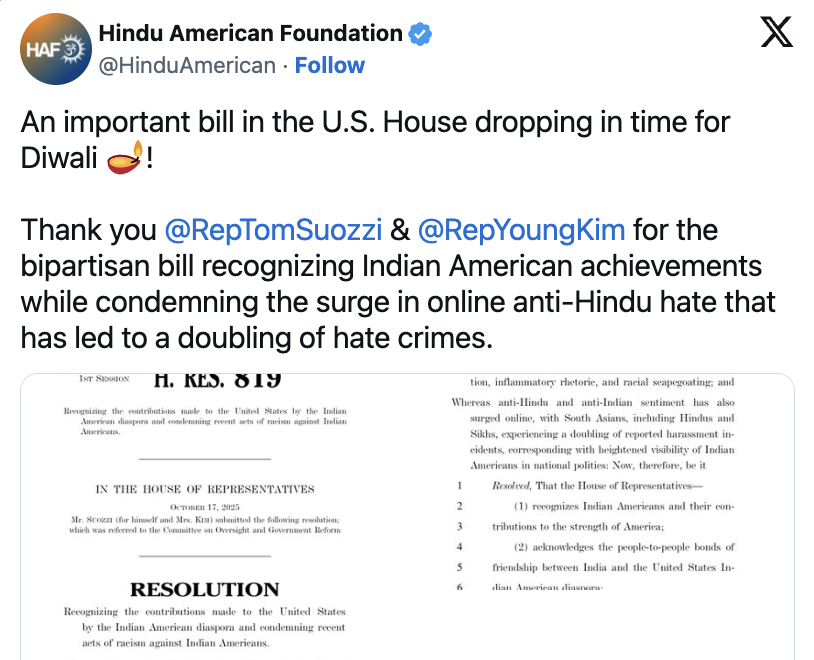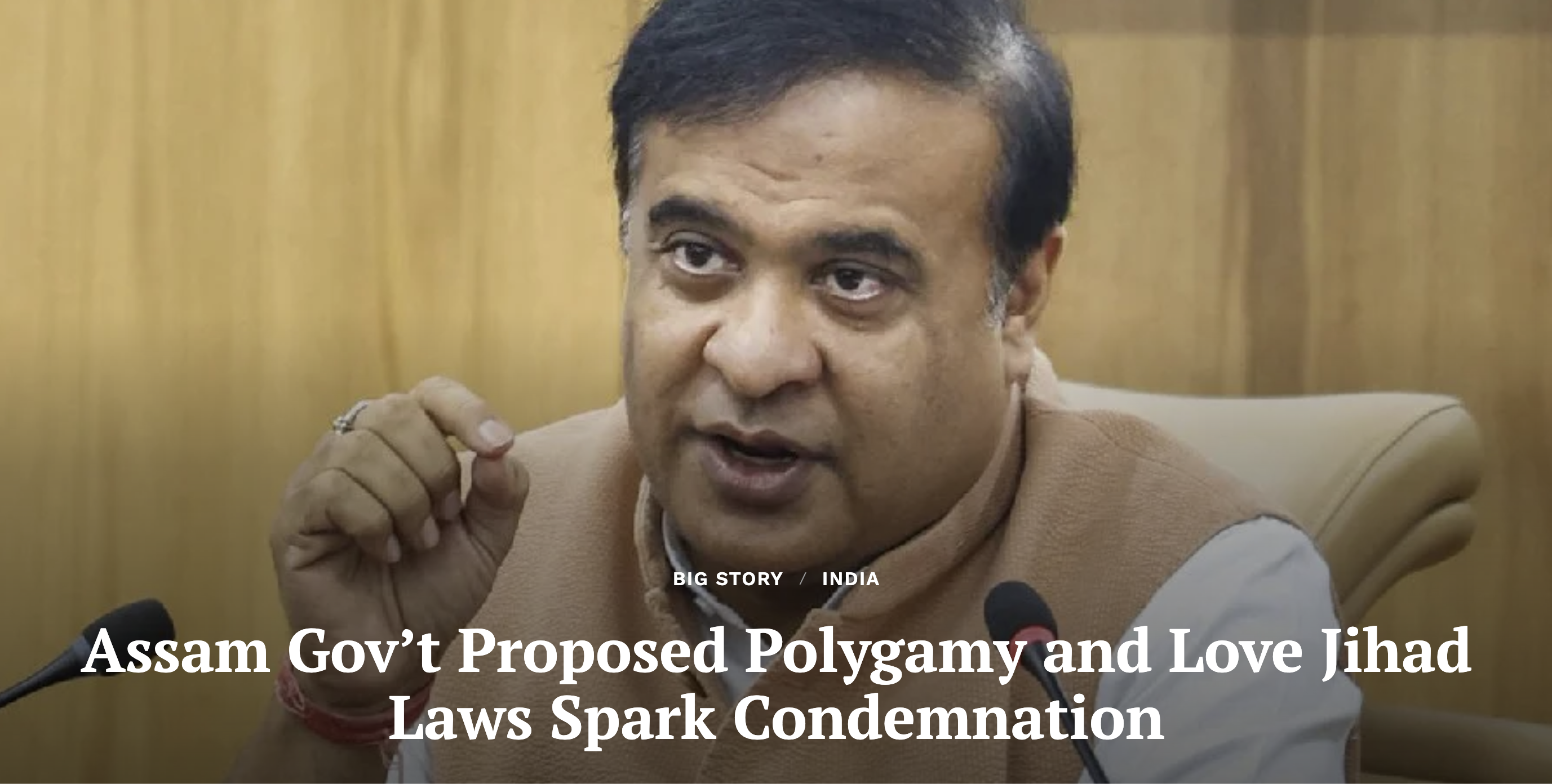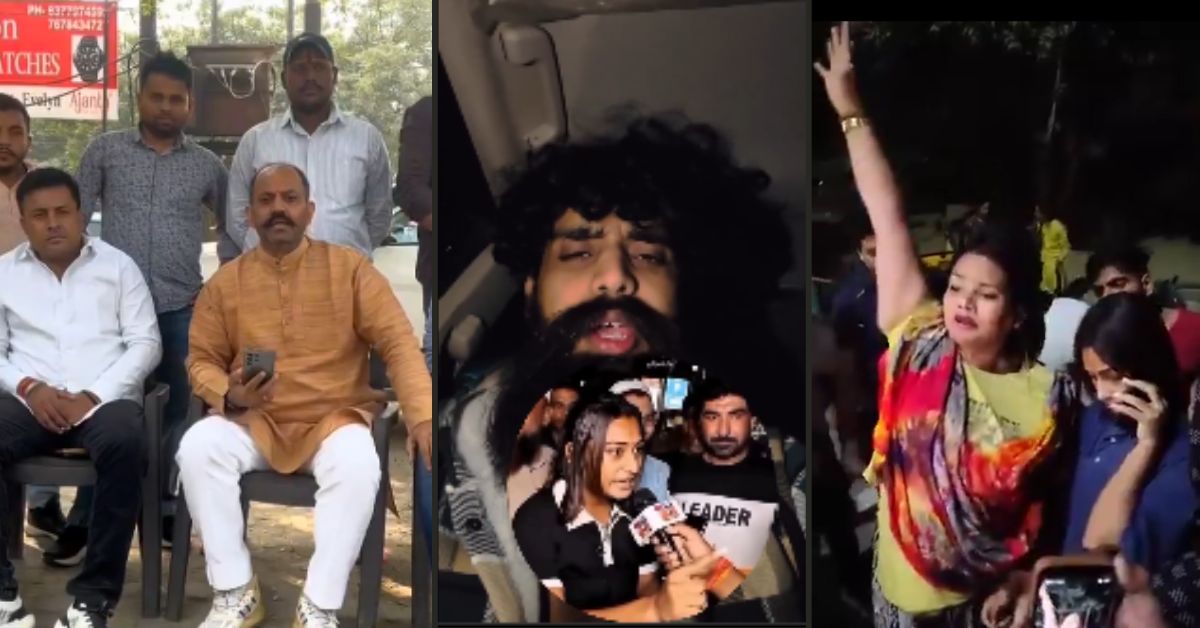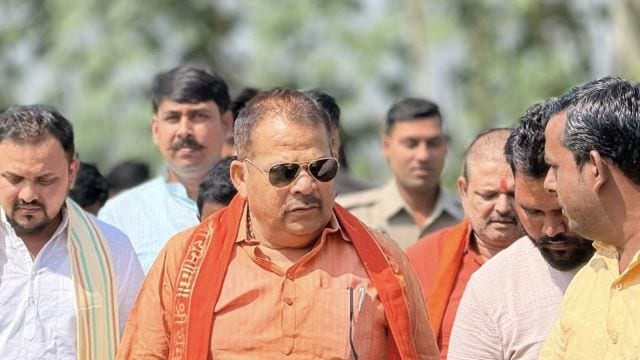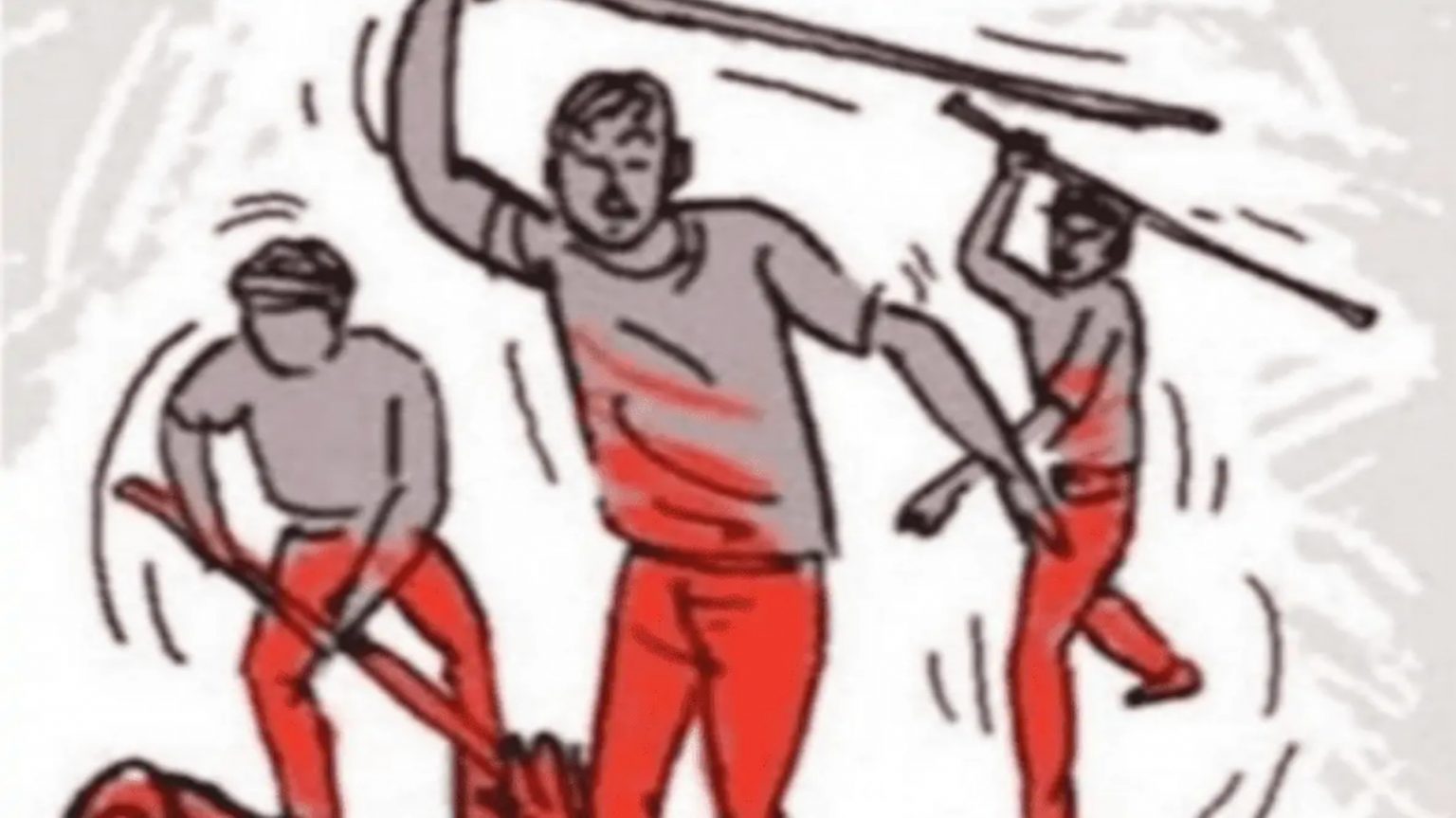Senior police officers accused in Delhi violence; complainants continue to face intimidation.

Numerous complaints filed by residents of northeast Delhi accuse senior police officials of participating in or encouraging targeted violence against Muslim residents of the region during the violence that swept the national capital in February. RAJ K RAJ / HINDUSTAN TIMES / GETTY IMAGES
At least one deputy commissioner, two additional commissioners and two station house officers of the Delhi Police participated in criminal intimidation, unprovoked firing, arson and looting during the violence that swept northeast Delhi in late February, according to complaints filed by eyewitnesses. One complainant wrote that she saw three senior officials in Chand Bagh—Anuj Sharma, an ACP at the Gokulpuri police station, Tarkeshwar Singh, who was the SHO of Dayalpur police station at the time, and RS Meena, the SHO of Bhajanpura police station—fire at and kill protesters. “I was frightened after seeing that, and wondered who would save us that day,” she stated. “The police officials are killing us.” The Caravan is in possession of numerous complaints filed by residents of northeast Delhi that name senior police officials as leading, participating and encouraging targeted violence against Muslim residents of the region during the violence.
These complaints were filed in February and March, and the Delhi Police is yet to register a first information report, as mandated by criminal procedure, into a single one of them. In a previous report published as part of a series on these complaints, I reported how the police had similarly not registered FIRs against several complaints that accused elected Bharatiya Janata Party leaders for leading or orchestrating the violence. Most of the complaints were filed at a police help desk at a relief camp for displaced residents set up at Mustafabad’s Eidgah grounds. Many complaints noted that the police had refused to accept their complaints when they tried to register a case at the station directly. At the help desk, each complaint received the stamp of the office or station that exercised jurisdiction over the matter. Several complaints were copied to the prime minister’s office, the ministry of home affairs, the Delhi lieutenant governor’s office and multiple police stations.
Ved Prakash Surya, the DCP of North East Delhi, stood accused in several complaints. On 23 February, Surya stood idle next to Kapil Mishra as the Bharatiya Janata Party leader threatened to take matters out of the Delhi Police’s hands and clear the protests against the Citizenship (Amendment) Act himself, if they were not shut down in three days. Surya’s passive demeanour next to Mishra seemed to send a clear message—the BJP leader’s threats of violence had the support of the Delhi Police. While the media, activists and politicians questioned the DCP’s implicit support for Mishra’s statement, nobody seemed to have reported on the events that transpired later that day, likely because the Delhi Police buried the complaints that addressed them.
Two complaints noted that Surya roamed through the streets of Kardampuri on 23 February and warned the protesters to stop their anti-CAA demonstrations. “The DCP patrolled the streets and threatened Dalits and Muslims,” Mohammad Jami Rizvi, a resident of northeast Delhi’s Yamuna Vihar neighbourhood, wrote in his complaint. Rizvi filed his complaint on the very next day, and was among the few Muslims residents who was able to lodge it during the violence, without the help desk. Rizvi quoted Surya in the complaint, “We have received orders from above to ensure that there are no protests after two days. If anyone protests, there will be such riots here that both you and the protests will be killed. You will all be killed.”
Mohammad Ilyas, another resident of Yamuna Vihar, made the same accusation in his complaint. “The DCP Ved Prakash Surya entered different lanes and warned the protestors, ‘If you do not end this protest, then there will be such violent riots here that all of you will be killed,’” Ilyas wrote in his complaint dated 17 March, bearing a stamp of the Dayalpur police station.
Rehmat, another complainant who named police officials, stated that Mishra and Surya moved to the anti-CAA protest site in Chand Bagh later that day. “At around 4 pm on 23 February, Kapil Mishra came to the site with DCP Ved Prakash Surya and his goons, who were carrying swords, guns, sticks, tridents, spears, and stones, and the police were walking along with them,” she wrote. “As soon as he came, Kapil Mishra started chanting slogans loudly, ‘Desh ke gaddaron ko, goli maaro saalo ko’; ‘Jai Shri Ram’; ‘Kattue Murdabad’”—Shoot the traitors of this nation; Hail Lord Ram; Down with Muslims. She accused Mishra of using the word “kattue” to describe Muslims, which translates to circumcised and is used as a communal slur. Immediately afterwards, Rehmat wrote, the police personnel accompanying Mishra proceeded to lathi charge the protesters.
The violence escalated drastically the next day, in the presence and with the complicity of the Delhi Police, according to at least five different complaints filed by residents of the area. On the morning of 24 February, a large contingent of police personnel and locals reached the site of the Chand Bagh protest and called upon the protesters to leave, while threatening them and abusing them with communal and casteist slurs. Three other complainants from Chand Bagh—Rubina Bano, Imrana Parveen and another who requested anonymity—all accused senior police officials of attacking the protesters that morning. They wrote that the police acted in concert with a local mob, which included shop owners from the neighbourhood and individuals from the Mohan Nursing Home & Hospital, which is situated in the area.
“On 24/2/2020, from the morning itself, the police force, SHOs, ACP and DCP started congregating at the area of the protests in large numbers,” the Chand Bagh resident who wished to remain anonymous wrote. She was referring to Meena and Singh, who were the SHOs of the Bhajanpura and Dayalpur stations at the time, Anuj Sharma, the ACP of Gokulpuri police station, and Surya. “Then a lot of people wearing the uniform of paramilitary forces also reached the site and they were carrying a lot of weapons. The shocking thing was that the SHO, the ACP, the DCP and several other police personnel were all carrying two guns each. These police officers told the women sitting in the pandal”—referring to the tent where the anti-CAA protests were held—‘“This has gone on for many days, today you will be freed from your lives.’”
The complaints of the other two women reiterated the allegations of this account. Parveen wrote that by the time she reached the protest site that day, at around 10 am, a large police force was already present in the area. “The police were telling the protesters, ‘Today is your last day, you will be given your full freedom.’” The taunt referred to the popular protest slogan for “azadi,” meaning freedom. Parveen wrote that there were many rioters with the police, who were carrying various weapons, including sticks, tridents, grenades, swords and stones. “They were chanting the slogan, ‘Desh ke gaddaron ko, goli maaro saalo ko,’” she added. “Many police officers were carrying two guns. The Dayalpur SHO was threatening us women, ‘We have told you many times to put an end to the protests but you did not listen. Now we have received orders from above not to let anyone free.’”
In the first part of this series, The Caravan reported a crucial moment described in Bano’s complaint, which she wrote sparked a brutal attack on the protesters in Chand Bagh that morning. Like the others, she wrote that she reached the protest site at 11 am that morning to discover the area filled with police personnel, including senior officers such as the ACP Kumar and the Dayalpur SHO Tarkeshwar. She noted that the police were arguing with the women with abusive language and warning them that they would be killed if they continued their protest.
“We are peacefully protesting here, so why are you speaking to us in this manner?” Bano wrote she asked the ACP Kumar. “He responded with abuses and said, ‘Kapil Mishra and his associates will free you from your life,’” she stated in her complaint. At that time, she wrote, the SHO rushed to Kumar to hand him a phone and said that Mishra was on the line. “The ACP was saying ‘ji, ji’ while talking to Mishra and then as he was cutting the call he said, ‘Don’t worry, we will strew the streets with their dead bodies such that it will be remembered for generations.’” Bano wrote that as soon as he cut the call, Kumar turned to the SHO and other police personnel and commanded, “Maaro saalo ko”—Beat the fuckers.
By all four accounts of the violence that ensued, the protesters were shown no mercy. “The police officers started attacking all the men and women present there,” Parveen wrote. “The police officers who had guns started shooting the men. In the midst of this, the owner and staff of Mohan Nursing home started firing bullets at us, which killed many protesters on the spot.”
Parveen identified another ACP, Dinesh Sharma of the Bhajanpura police station, whom she accused of leading and encouraging the violence. “I saw that the police officers were themselves pelting stones and firing bullets,” she stated. Parveen wrote that Dinesh urged the rioters to kill the protesters by invoking the name of Satya Pal Singh, a BJP member of parliament from Uttar Pradesh’s Baghpat constituency, who served as the commissioner of police in Mumbai until he resigned in 2014. “ACP Dinesh Sharma was shouting at the rioters, ‘Today we must do what Satpal Sansad ji has told us. Proceed forward, don’t be scared. The police are with you. Pick them one by one and free them from their lives.’”
At that point, Parveen wrote, the police fired tear gas into the crowd of protesters. As they struggled with their eyes burning, the owner of Mohan Nursing Home came to the site with his staff and his associates in cars, according to her complaint. “The owner and the staff came with their accomplices in their cars and told the rest, ‘Pick up all the young women and take them away,’” she wrote. “They began to forcefully pull us away, they tore our clothes and sexually assaulted us. Seeing this, some men ran to save us, but they were shot down and killed by firing from the terrace of Mohan Nursing home. The men who were left managed to save us from the rioters with great difficulty.”
The others, too, wrote about the sexual nature of the violence. “They started sexually assaulting young women, while the police kept aiding them,” Rehmat wrote. “They were hurling vulgar abuses at the women, saying, ‘Today we will tear their clothes off and parade them.’”
Sabir Ali, another resident of Chand Bagh identified police officers who attacked the women, in his complaint dated 16 March. “I saw the Bhajanpura SHO attack the women protesters with lathis, and then the other SHO and police personnel also launched a brutal attack on the women,” Ali wrote. He was referring to RS Meena, the Bhajanpura SHO, and Tarkeshwar Singh, the Dayalpur SHO at the time. Ali added, in reference to the assailants, “They picked up the bodies of all those who were killed, put them in the vehicles belonging to the Mohan Nursing home, and take them away. All this was going on in the presence of the police personnel who were there.” Ali’s complaint bore the receiving stamps of the MHA, the LG’s office and Delhi police commissioner’s office.
The police excesses were not limited to unprovoked firing and complicity in sexual assault. According to the complainants, the police proceeded to burn down the tent where the anti-CAA protests were held, which they referred to as the pandal. Inside the pandal, the protesters had also put up posters of political icons such as Bhimrao Ambedkar, Savitri Bai Phule and Ashfaqulla Khan, which police officials specifically destroyed. “They entered the pandal abusing the protesters and said, ‘You wanted freedom, now we will beat the Jai Bhim out of you,’” Bano wrote in her complaint. The “Jai Bhim” chant invokes Ambedkar and had become a popular slogan during the anti-CAA protests. Bano added, “After this ACP Anuj Kumar tore down Babasaheb Ambedkar’s poster and stomped and rubbed his shoe on it.”
The insult to Ambedkar was something that was noted by the other complainants who witnessed it as well. “They threw a petrol bomb at the pandal, setting it on fire,” Rehmat wrote. “The pandal had six to seven pictures of Babasaheb Amedkar, Savitri Bai Phule, Bhagat Singh, Ashfaqulla Khan, the tricolour flag of our nation and Yaseen Sharif.” The Yaseen Sharif is a part of Islamic religious scripture that is known as the “Heart of the Quran.” Rehmat continued, “They especially tore photos of Babasaheb and set everything on fire.”
“They threw the pictures of Savitribai Phule, Ashfaqul Khan, Abdul Kalam Azad and our Yaseen Sharif into the fire,” the Chand Bagh complainant who requested anonymity wrote. “Then I saw SHO Dayalpur (Shri Talkeshwar), SHO Bhajanpura (Shri Meena) and ACP (Anuj Kumar) firing bullets at the men over there which led to the death of some. I was frightened after seeing that, and wondered who would save us that day. The police officials are killing us. Then I ran away to save my life.”
According to Parveen’s complaint, some of the women protesters attempted to resume their protest the next day, but faced violent resistance from the locals and the police. “On 25.02.2020, I went to the burnt pandal with some other women, laid down a bedsheet, put up a photo of Baba Bhimrao Ambedkar, and sat down again,” she wrote. “Then at around 1 pm, the owner of Mohan Nursing Home and some other people in khaki-coloured clothes again started throwing stones and firing bullets from the terrace of the nursing home. During this attack, one bullet hit the chest of a boy who lived on street number 17 and he lost his life on the spot. The Dayalpur SHO, who was present there, tore the photo of Baba Bhimrao Ambedkar into pieces, threw it away and said, ‘This Bhim cannot even save himself, how will he save you all?’ Then he joined the rioters in attacking us with lathis and sticks. Many women suffered injuries during the attack.’”
According to Ilyas’s complaint, the police violence continued that evening. He wrote that around the time that residents of Mustafabad’s Brijpuri area were getting ready for the Maghrib namaz—the evening prayer—the police and a mob attacked the neighbourhood and set the Farooqia Masjid, a local mosque, on fire. The Caravan had earlier reported that at least two survivors of the attack said they saw police personnel set the mosque ablaze. “As news of the attack spread, the entire Muslim community in the area was living under an atmosphere of fear,” Ilyas noted. “Everyone spent the entire night praying.”
The next morning, Ilyas wrote, he went to the Farooqia Masjid to examine its condition after the fire. He saw that a bunch of police officials, including the former Dayalpur SHO Tarkeshwar, as well as one “Chawla,” identified as the owner of a local general store and a powerful figure in the locality, were already present at the scene. According to Ilyas’s complaint, the police officials and Chawla’s associates began destroying the CCTV cameras in the area, and ransacking the mosque and a madrasa adjacent to it. Ilyas wrote that he pleaded with Tarkeshwar to intervene, but the SHO declined and responded, “I told you so many times to put a stop to your protests but then you didn’t listen.”
As reported in the first part of this series, Ilyas wrote that Chawla then approached Tarkeshwar with a phone and told him that there was a call for him from the MP Satya Pal Singh. According to the complaint, Tarkeshwar spoke to the BJP parliamentarian and then instructed Chawla to collect the money from the mosque and the madrasa and take it to the Satya Pal’s house. “Chawla put all the money from the almirahs into one bag,” Ilyas wrote. “The bag was filled to the brim and the cash could be seen at the top.”
Ilyas noted that the SHO then told him, “Explain to all the Muslims to leave this neighbourhood and run away, or else they will all be killed.” He wrote that the police personnel took out a can of petrol from Tarkeshwar’s car and took it inside the madrasa. “The police personnel set the madrasa on fire, and as the smoke billowed, Chawla and the police force left the site.”
In the days of the carnage in Delhi and its aftermath, social and news media was filled with the videos of the violence that had swept the national capital. Many videos and reports showed the police participating in the attack on the anti-CAA protesters, walking alongside Hindutva mobs, or watching the violence inflicted on Muslim communities without interfering. Several reports also highlighted how the violence was clearly targeted at the Muslim neighbourhoods and that the police could be seen chanting Hindutva slogans such as “Jai Shri Ram” as they attacked protesters. Yet, there has not been a single report that has emerged since the violence about police officials booked for the violence they perpetrated.

On 23 February, the deputy commissioner of police Ved Prakash Surya’s passive demeanour next to Kapil Mishra as he threatened to clear the protests against the Citizenship (Amendment) Act seemed to send a clear message—the BJP leader’s threats of violence had the support of the Delhi Police.
Given this background, it is unsurprising that the Delhi Police has not registered FIRs into these complaints despite the fact that they identify specific officers and describe the crimes committed by them, often as directly witnessed by the complainants. Almost all these complainants noted that the police had initially refused to accept their complaints, until they were finally able to lodge it at the Eidgah relief camp’s help desk.
“Sir, I have tried to lodge a complaint in the police station many times, but they refuse to record my complaint and threaten to implicate me in a riots case if I try to complain and throw me in prison,” Ilyas wrote in his complaint addressed to the Dayalpur police station. Similarly, in her complaint addressed to the same station, Parveen noted, “The police station is not accepting our complaints. Instead, they are threatening us that if we try to lodge a complaint, they will get the crime branch to pick us up in a 302 case and destroy our lives,” referring to Section 302 of the Indian Penal Code, which prescribes the punishment for murder. She added, “This is the reason nobody is willing to come forward and lodge a complaint, and why people have been trapped in false cases.”
The Chand Bagh resident who requested anonymity had the most revealing complaint in this regard. “The police told us to remove the names of the police and others from the complaint and lodge it without anyone’s names,” she wrote. She later told me that she had tried lodging her complaint at the Dayalpur police station. She added, “We have orders from above not to accept any complaints with named persons. Because of this I have been struggling for several days now, and now the police are threatening me that they will implicate me and my family in any FIR and throw us all in jail.”
Sabir Ali wrote in his complaint that the Delhi Police’s crime branch intervened when he tried to file a complaint at the Dayalpur police station. After the Dayalpur police refused to accept his complaint on multiple occasions, Ali stated that on 10 March, “some people from the crime branch came to me and asked, ‘You want to register an FIR? We are overseeing all the cases now.’” He wrote that they asked him what evidence he had. His son showed them videos of police violence that he had recorded on his phone, following which the police forcefully took his son and the phone to the crime branch, according to the complaint.
Ali wrote that he then called on the police helpline, 100, to lodge a complaint, and only after that was he told by the Dayalpur police that his son had been taken away to lodge the FIR on his complaint and record his son’s statement. He added that his son was released from the police station the next day, but they kept the phone. After his son was released, Ali wrote, “They got me and my son to sign on some blank papers, forcefully took his phone from him, and then said, ‘We are busy right now, it will take us some time to register the FIR, you come tomorrow.’” At the time Ali filed his complaint, he had not received the phone back and no FIR had been registered against his complaint.
I emailed SN Shrivastava, Delhi’s commissioner of police, and MS Randhawa, the public-relations officer, to inquire about the investigation into these complaints and whether any action had been taken against the accused officers. I also reached out to these police officials—namely, the DCP Ved Prakash Surya, the ACPs Anuj Sharma and Dinesh Sharma, and the SHO RS Meena—for a response to the allegations against them. When I called the number that the control room provided for Meena, a police official who did not identify himself said the SHO was on leave “for two–three days,” and declined to provide an alternative number. I was also unable to contact Tarkeshwar Singh because the Delhi Police control room and the Dayalpur police station did not provide a direct number for the former SHO. I left messages on the available numbers of these police officials, and sent my queries concerning the two ACPs and Tarkeshwar to Randhawa.
On 22 June, Surya called me to inform me that he had already sent a response to Randhawa. Meanwhile, three days after I first contacted Randhawa for a response and the day after the first story in the series was published, the PRO called me that night and claimed that the questions were “not specific.” Randhawa added, “There are ‘n’ number of complaints, but you have not stated any specific complaint.” Given that the questions emailed to him sought for a response to complaints against BJP leaders and Delhi Police officials accusing them in the February violence, Randhawa’s response appears to be inadvertent admission of numerous such complaints. The PRO added, “We came to know about the specific complaints only after reading your story, and now we will respond accordingly.” I sent another list of questions to Randhawa after our phone call. Yet, by the time this story was published, neither the PRO nor the other police officials had responded. This story will be updated as and when their responses are received.
Among the northeast Delhi residents who succeeded in lodging a complaint, many said that they continued to face pressure from the police to withdraw their complaints. I met these complainants with Shahid Tantray, a photojournalist working at The Caravan, and recorded their testimonies on video. “I couldn’t sleep at night for two full months,” Parveen told me. “I was constantly fearful that they were going to come from any corner.” She said the police had threatened her, “If you file a complaint, we will destroy your life and implicate you in a 302 case.” Parveen said she continues to be fearful of the police and the locals who attacked them. “If I remember the scene, I cannot stop crying,” she told me. “Because I saw it all with my own eyes, the people who got hit by the bullets, who got wounded in their heads, the women who were beaten.”
Yet, Parveen said she was continuing to resist police efforts to pressurise her against pursuing the complaint. She said that police from the Dayalpur station have come to her house on multiple occasions during the lockdown, and asked her to withdraw her complaint every time even as she asked whether an FIR had been registered against her complaint. “The police officers repeatedly told me, ‘Withdraw your complaint or you will be tied up in a long legal case,’” she told me. “But I told them, ‘I will not take my complaint back. No matter what happens with me, I will continue seeking justice.’”
This is the second piece in a series, “Dead and Buried,” on the complaints filed by residents of northeast Delhi about the February violence.
This story first appeared in https://caravanmagazine.in on Jun 24, 2020… more…


